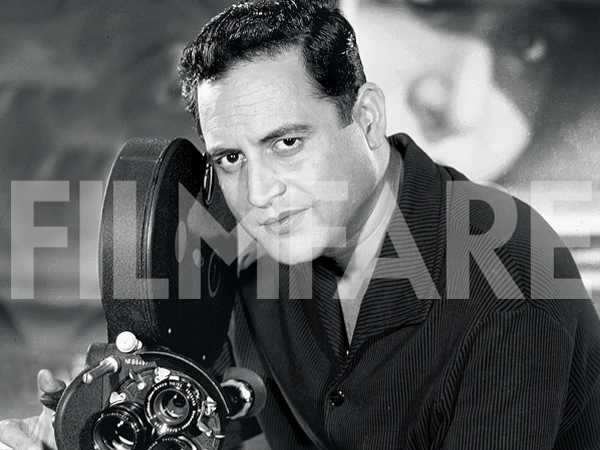
There are some who leave behind an indelible mark despite their short lives. Guru Dutt was one such man who strode on earth but for a while but left behind giant footprints. Time and Sight and Sound both named him as amongst the best directors of all times. Films like Pyaasa and Chaudhvin Ka Chand are taught in cinema schools worldwide and are counted as among the 100 best films of all time...
Guru Dutt started his career with Navketan’s Baazi (1951). The film carried clear influence of American noir films. It changed Dev Anand’s chocolate hero image and presented him as a grey-shaded character. It’s said that the star and the director had both made a pact that they both would give first break to each other if they ever formed a banner. Dev Anand kept his end of the bargain when he asked Guru Dutt to direct Baazi, his first film as a producer. Guru Dutt kept his promise only partially. His first film as a producer, C.I.D. did star Dev Anand but was directed by Dutt’s erstwhile assistant Raj Khosla.
Guru Dutt was curiously introspective even during his hey days. He took his success, his stardom with a pinch of salt. For him, stardom was a matter of perspective than anything else. His deeply cynical personality made him question everything around him. The shallow idol worship of the masses bothered him.
Despite giving popular hits like Aar Paar (1954) and Mr And Mrs 55 (1955) Guru Dutt was restless to make films where the subject matter was close to his heart than which catered to the gallery.
The result of this soul-searching was Pyaasa (1957), considered to be his greatest achievement. It’s said that Dilip Kumar was signed for the protagonist’s role but later excused himself from the film, stating that the role was too close to his role in Devdas. Guru Dutt, a tormented soul himself, was destined to play a role which mirrored his life. After waiting for Dilip to say yes, he put on the grease paint and faced the arc lights. This is what Filmfare said about the film.
He was a visionary who wasn’t satisfied with attaining excellence in India but wanted to touch foreign shores too. He wanted Indian films to be showcased in theatres around the world. He went on a world tour after the release of Pyaasa and came back convinced that there indeed is a market for Indian films abroad. They just needed to be pushed in the right way.
The success of Pyaasa made Guru Dutt foray further into autobiographical subjects. This line of thinking culminated in his magnum opus Kaagaz Ke Phool (1959). The film depicted the pain and disillusionment of a filmmaker and his disenchantment with his muse. The film mirrored real-life as Guru Dutt was growing apart from his real-life muse, Waheeda Rahman. The film bombed at the box office. Guru Dutt took the film’s failure to heart and never directed any other film. He was his own worst critic and frankly dissected it.
He took to making commercial films like Chaudvin Ka Chand (1960) and Sahib Bibi Aur Ghulam (1962). The films were a success at the box office but his heart wasn’t in cinema any more.
He had flirted with suicide before and finally succumbed to the embrace of mistress death after filming a depressing scene for Baharein Phir Bhi Aayengi. Abrar Alvi, his writer and best friend, penned the maestros last moments for Filmfare.
“…That night, he just approved of the last scene; bade me good-bye, and then, after locking himself up in his room, quietly quit this world when dawn was ‘just round the corner. That cruel night spirited away his restless soul. He did not even leave a note to tell us why he was doing it.”
— Abrar Alvi in Filmfare May 1966
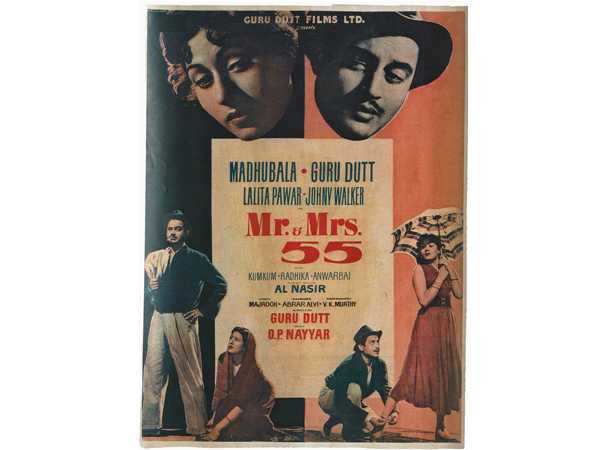
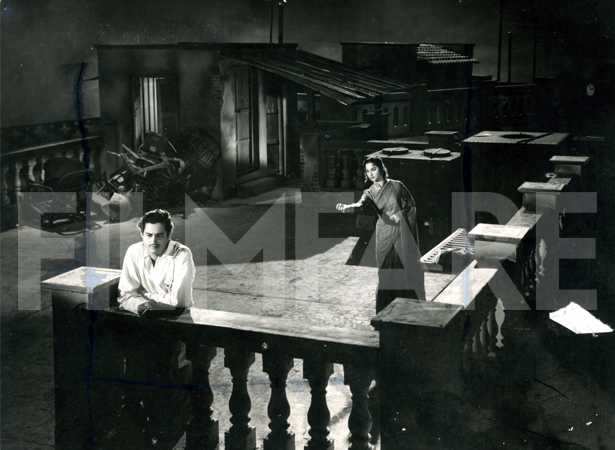
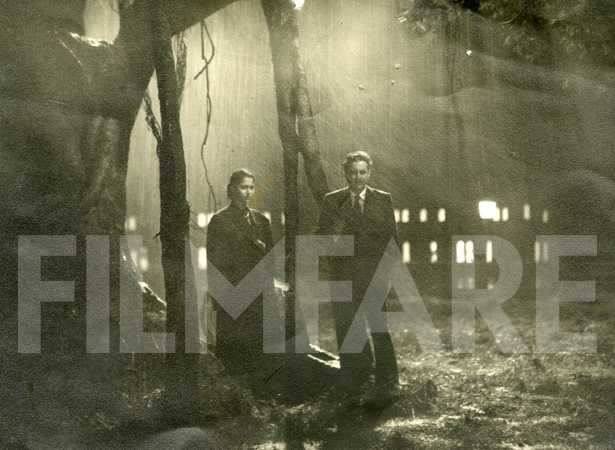
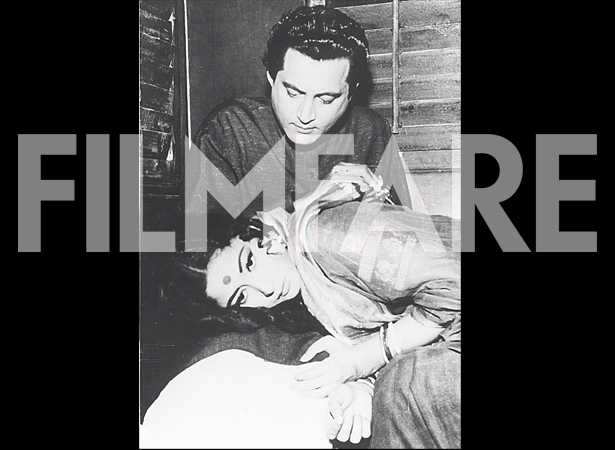

SHOW COMMENTS